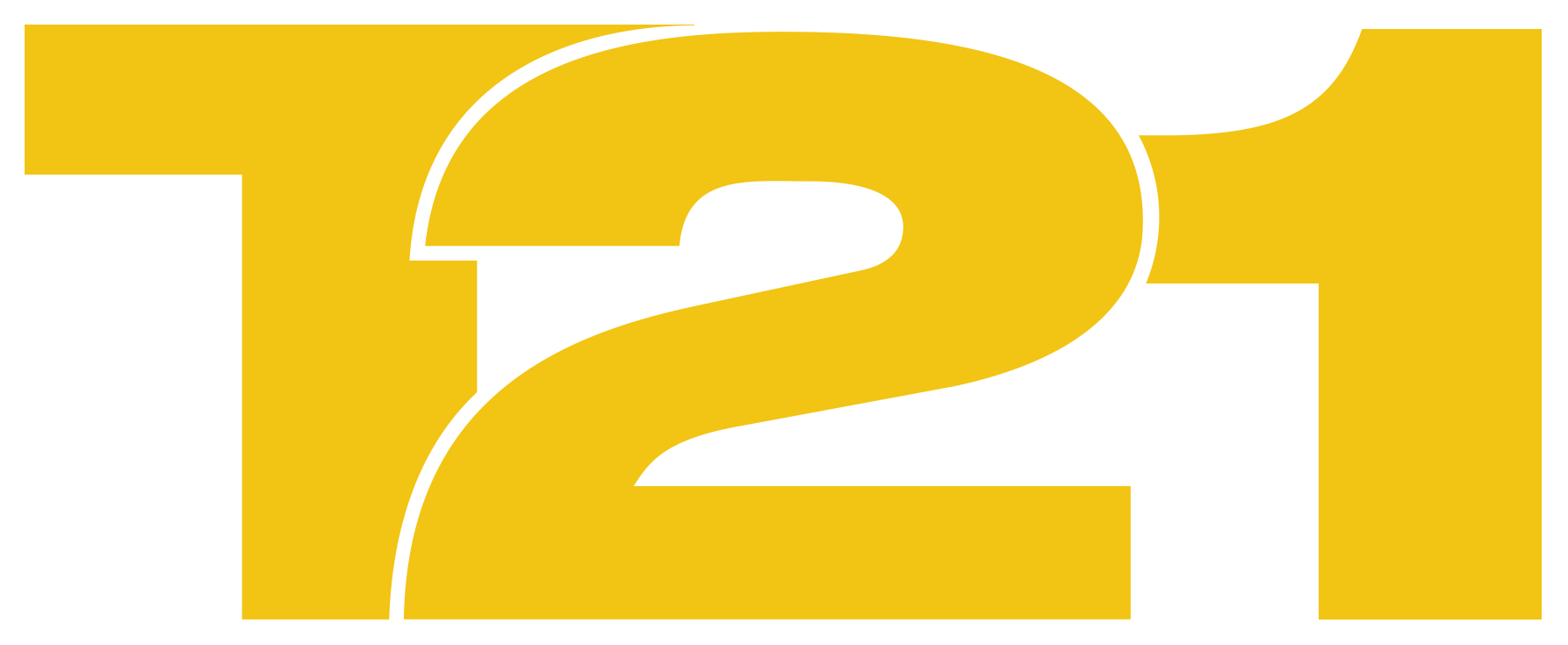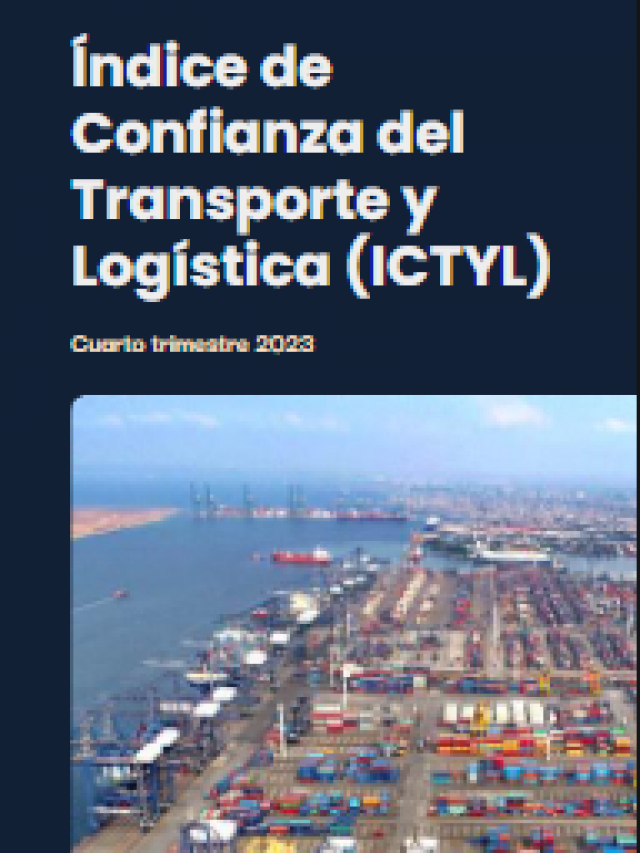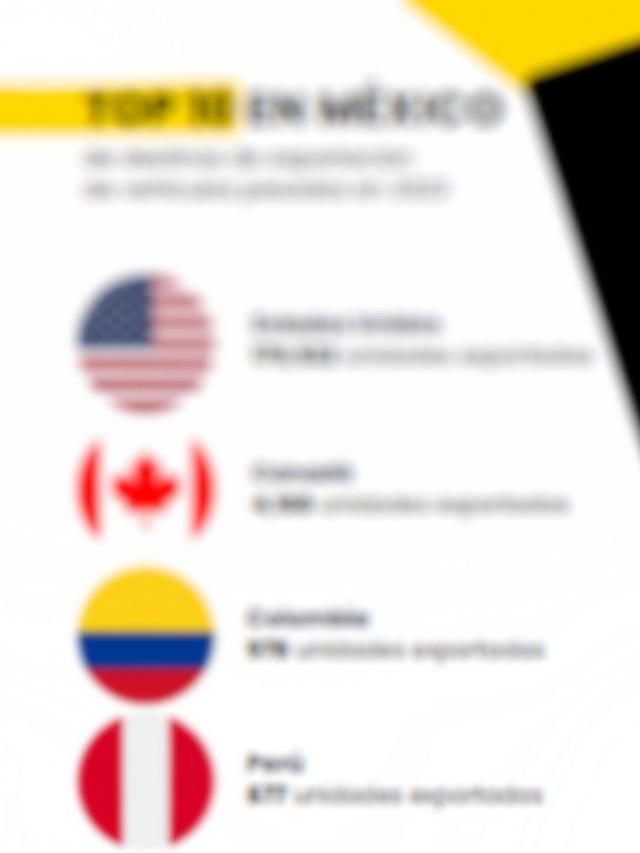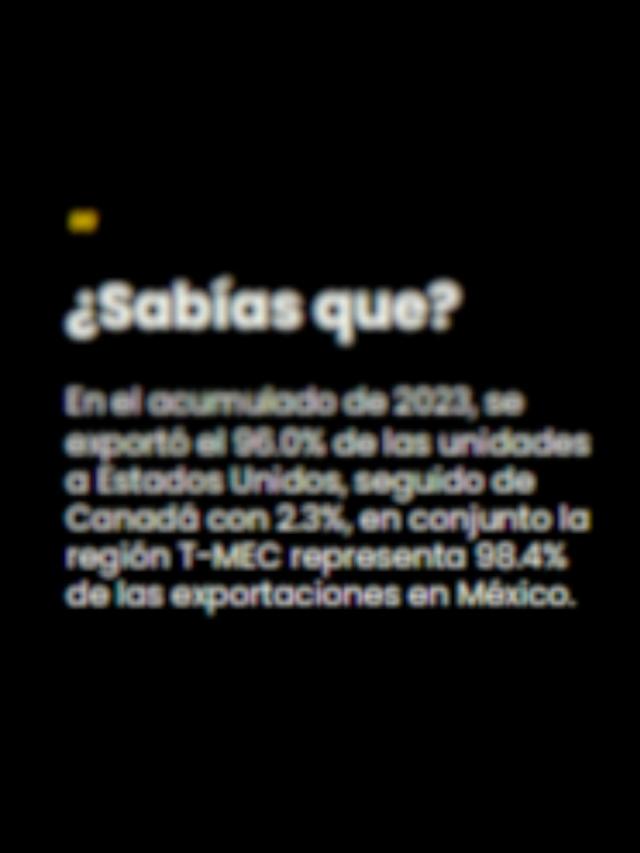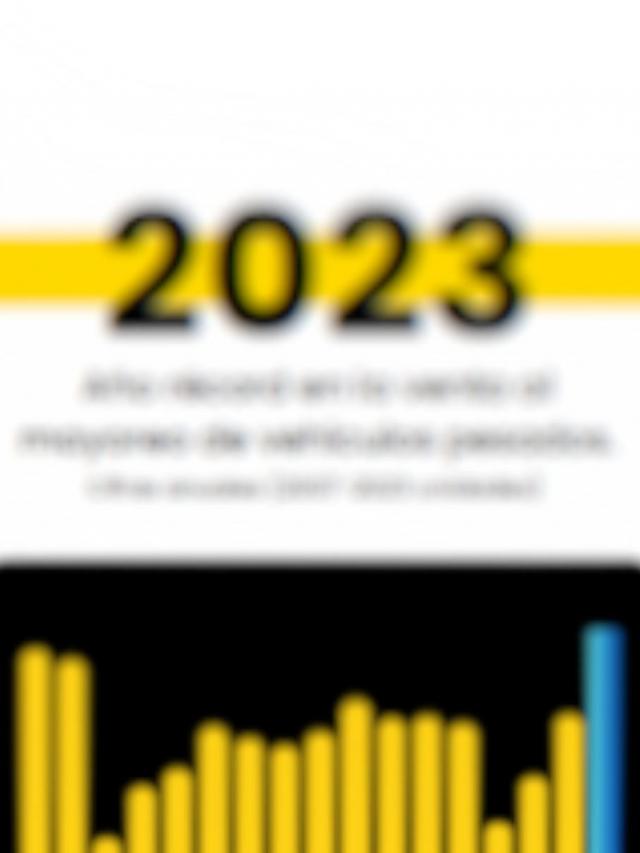
Technological systems in Mexican customs continue to show operational interruptions. Just at the beginning of 2025, a massive failure was experienced in the 50 customs offices in the Foreign Trade Tax Administration Model (MATCE), which is the primary system for the modulation of the Operation Document for Customs Clearance (DODA).
History repeats itself and the constant failures are not new news, which has increased concern in the export and import sector in the country, especially in a context in which Mexico must have effective tools to deal with the relocation of manufacturing centers ( nearshoring ), defend its position in the Treaty between Mexico, the United States and Canada (T-MEC), as well as continue trade exchange with its northern neighbors.
It is worth remembering that Mexico became the United States’ first commercial ally, displacing China in this area.
“What we have to do as a country is invest in infrastructure, because this is one of the main issues we face on the Mexican side. The customs systems were in dire need of updating and little by little the customs, especially the border ones, have been working hard to improve. International bridges have also invested a lot in infrastructure to be able to grow and face the nearshoring phenomenon,” explained Edgar Zamorano, general director of Autofletes Internacionales Halcón and delegate in Reynosa of the National Chamber of Cargo Transportation (Canacar) .
While Zamorano stressed that both American and Mexican customs are incorporating new technologies to meet the demand for trade, tools for analyzing merchandise are also being incorporated to speed up flows.
“For example, the Pharr International Bridge invested in expanding the platforms, which means it has three times the capacity it had before and we are seeing crossing times that we didn’t have a decade ago, now averaging 15 to 20 minutes per unit , both for imports and exports,” the businessman explained.
This path has been followed by customs in Nuevo Laredo, Matamoros, Juárez and Tijuana, which have not let up on their investments, since it is known that this is the way to remain competitive and be at the level of international trade.
Zamoran clarifies that although resources are being allocated to border customs, the biggest challenges are in maritime customs. “It is necessary to implement processes to provide the security needed for the inspection of goods, and at the same time provide the fluidity required. Security in the supply chain must be strengthened to speed up inspections and ensure the flow continues,” he said.
Land customs are also changing and there are opportunities for many of them, both for imports and exports.
The general director of Autofletes Internacionales Halcón indicated that it is also necessary that investments include having equipment that helps to have a continuous backup of electric power for the customs facilities , having access to the necessary tools in case of natural events that affect the crossings and having contingency plans for these cases.
